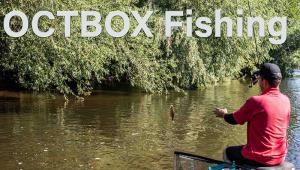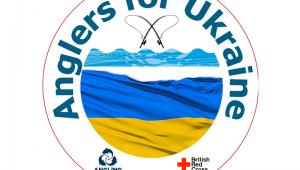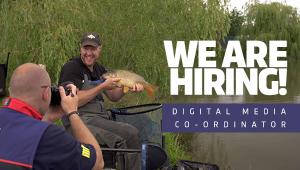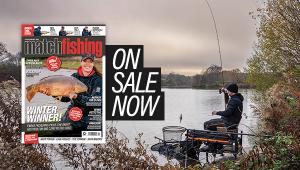Cefas Target Crayfish
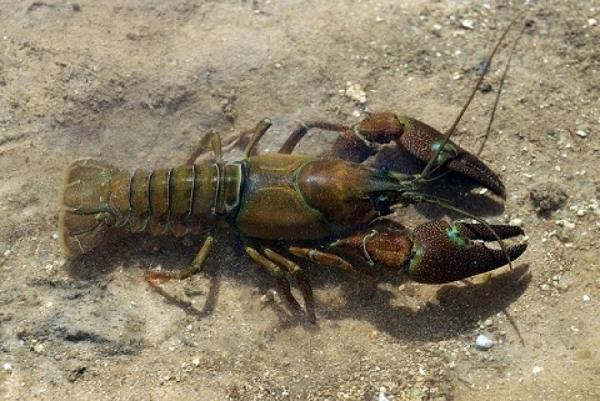
Invasive species targeted by the government.
CEFAS has announced trials to find ways of reducing the impact of the none native signal crayfish on English water bodies. CEFAS (the Centre for Environment, Fisheries & Aquaculture Science)is aiming to find the most effective way of reducing signal crayfish numbers and their impacts on our aquatic wildlife.
The Defra-funded project is supported by an army of volunteers from angling clubs and others with an interest in the conservation of their local rivers, lakes and canals. The volunteers will be supported by CEFAS scientists who will analyse the results of the study. The aim is to produce a guide to water managers on the most efficient way of reducing signal crayfish numbers.
The study will also provide some useful insights into the challenges and opportunities posed by different angling venues, including public access and mixed-use waters. Signal crayfish have been rapidly invading our waterways since the 1970s, predating on fish, fish eggs, invertebrates, and burrowing into banks causing them to collapse. They are the biggest threat to our native white clawed crayfish through predation, and passing on the deadly crayfish plague that they carry but against which our native species have no immunity.
The work is also being supported by the Environment Agency and Natural England with further investigations underway to look at alternative methods of control such as male sterilisation. Environment Minister Lord de Mauley said: “Signal crayfish are damaging our native aquatic life and eroding our riverbanks, but with volunteers and scientists working together, we will be able to identify the most effective ways of reducing the destruction they are causing to our waterways.”
CEFAS has announced trials to find ways of reducing the impact of the none native signal crayfish on English water bodies. CEFAS (the Centre for Environment, Fisheries & Aquaculture Science)is aiming to find the most effective way of reducing signal crayfish numbers and their impacts on our aquatic wildlife.
The Defra-funded project is supported by an army of volunteers from angling clubs and others with an interest in the conservation of their local rivers, lakes and canals. The volunteers will be supported by CEFAS scientists who will analyse the results of the study. The aim is to produce a guide to water managers on the most efficient way of reducing signal crayfish numbers.
The study will also provide some useful insights into the challenges and opportunities posed by different angling venues, including public access and mixed-use waters. Signal crayfish have been rapidly invading our waterways since the 1970s, predating on fish, fish eggs, invertebrates, and burrowing into banks causing them to collapse. They are the biggest threat to our native white clawed crayfish through predation, and passing on the deadly crayfish plague that they carry but against which our native species have no immunity.
The work is also being supported by the Environment Agency and Natural England with further investigations underway to look at alternative methods of control such as male sterilisation. Environment Minister Lord de Mauley said: “Signal crayfish are damaging our native aquatic life and eroding our riverbanks, but with volunteers and scientists working together, we will be able to identify the most effective ways of reducing the destruction they are causing to our waterways.”
- Log in or register to post comments
LATEST VIDEO

